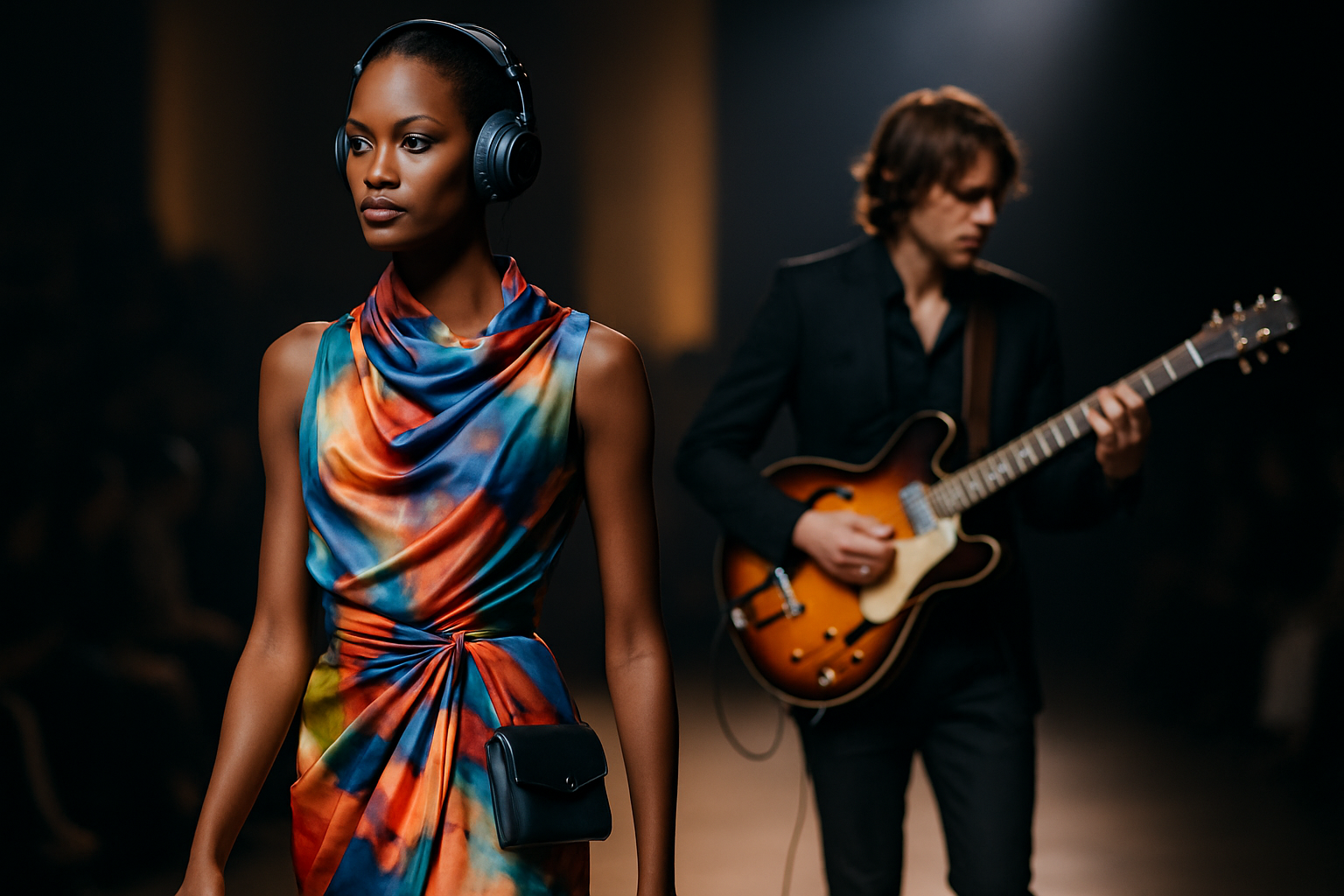Unveiling the Potential of Acoustic Levitation in Consumer Tech
In a world where touchscreens and voice commands dominate our interactions with technology, a fascinating new frontier is emerging: acoustic levitation. This sci-fi-like technology uses sound waves to suspend objects in mid-air, opening up a realm of possibilities for future consumer electronics. From floating displays to touchless interfaces, acoustic levitation could revolutionize how we interact with our devices.

The process begins with transducers, devices that convert electrical energy into sound waves. These transducers emit ultrasonic waves – sound waves beyond the range of human hearing – at frequencies typically between 20 kHz and 100 kHz. By carefully arranging multiple transducers and controlling their output, researchers can create a three-dimensional sound field with specific nodes where objects can be suspended.
From Labs to Living Rooms: The Journey of Acoustic Levitation
While acoustic levitation has been a subject of scientific research for decades, recent advancements have brought it closer to practical applications in consumer technology. Early experiments were limited to levitating small, lightweight objects like polystyrene balls or water droplets. However, improvements in transducer technology and computational power have expanded the range of materials and sizes that can be manipulated.
One of the key breakthroughs came from researchers at the University of Bristol, who developed a system capable of levitating and manipulating multiple objects simultaneously. This opened up possibilities for more complex interactions and applications beyond simple demonstrations.
Floating Displays and Touchless Interfaces
One of the most exciting potential applications of acoustic levitation in consumer tech is the creation of floating displays. Imagine a smartphone that projects a holographic screen in mid-air, allowing users to interact with their device without ever touching a physical surface. While this might sound like science fiction, companies are already working on prototypes that use acoustic levitation to create such displays.
These floating displays could revolutionize how we interact with our devices, especially in public spaces where touching shared surfaces might be a concern. Additionally, the technology could enable new forms of 3D visualization, allowing users to view and manipulate virtual objects in real space.
Enhancing Haptic Feedback and Virtual Reality
Acoustic levitation also holds promise for enhancing haptic feedback in virtual and augmented reality experiences. By precisely controlling the position and movement of small objects in the air, developers could create tactile sensations that correspond to virtual interactions. This could dramatically improve the immersion and realism of VR and AR applications, from gaming to professional training simulations.
Some researchers are even exploring the possibility of using acoustic levitation to create “mid-air buttons” – invisible, tactile interfaces that users can feel and interact with in space. This technology could lead to more intuitive and natural ways of controlling our devices, blurring the line between the physical and digital worlds.
Challenges and Future Developments
Despite its potential, acoustic levitation faces several challenges before it can become a mainstream consumer technology. One of the primary hurdles is power consumption – current systems require significant energy to generate the necessary sound waves for levitation. Researchers are working on more efficient transducer designs and optimized algorithms to reduce power requirements.
Another challenge is scaling the technology to work with larger objects and over greater distances. While progress has been made in this area, there’s still work to be done before we can levitate objects of substantial size or create large-scale floating displays.
Safety considerations also need to be addressed, particularly regarding long-term exposure to high-frequency sound waves. Although the ultrasonic frequencies used in acoustic levitation are generally considered safe, more research is needed to ensure there are no adverse effects from prolonged use.
The Road Ahead for Acoustic Levitation in Tech
As research continues and technology advances, we can expect to see acoustic levitation making its way into consumer products within the next decade. Early applications might include small-scale floating displays for smartphones or novel input devices for computers and gaming systems.
The potential market impact of acoustic levitation technology is significant, with analysts predicting it could disrupt multiple sectors, from consumer electronics to medical devices. While it’s difficult to estimate precise pricing for future products, experts suggest that initial consumer applications could command premium prices, similar to the introduction of OLED displays or early touchscreen devices.
As acoustic levitation transitions from laboratory curiosity to practical technology, it promises to reshape our interactions with digital devices. By enabling truly touchless interfaces and bringing digital information into the physical world in new ways, this technology could usher in a new era of human-computer interaction. The floating, futuristic interfaces we’ve long imagined may soon become a tangible reality, changing the face of consumer technology as we know it.





